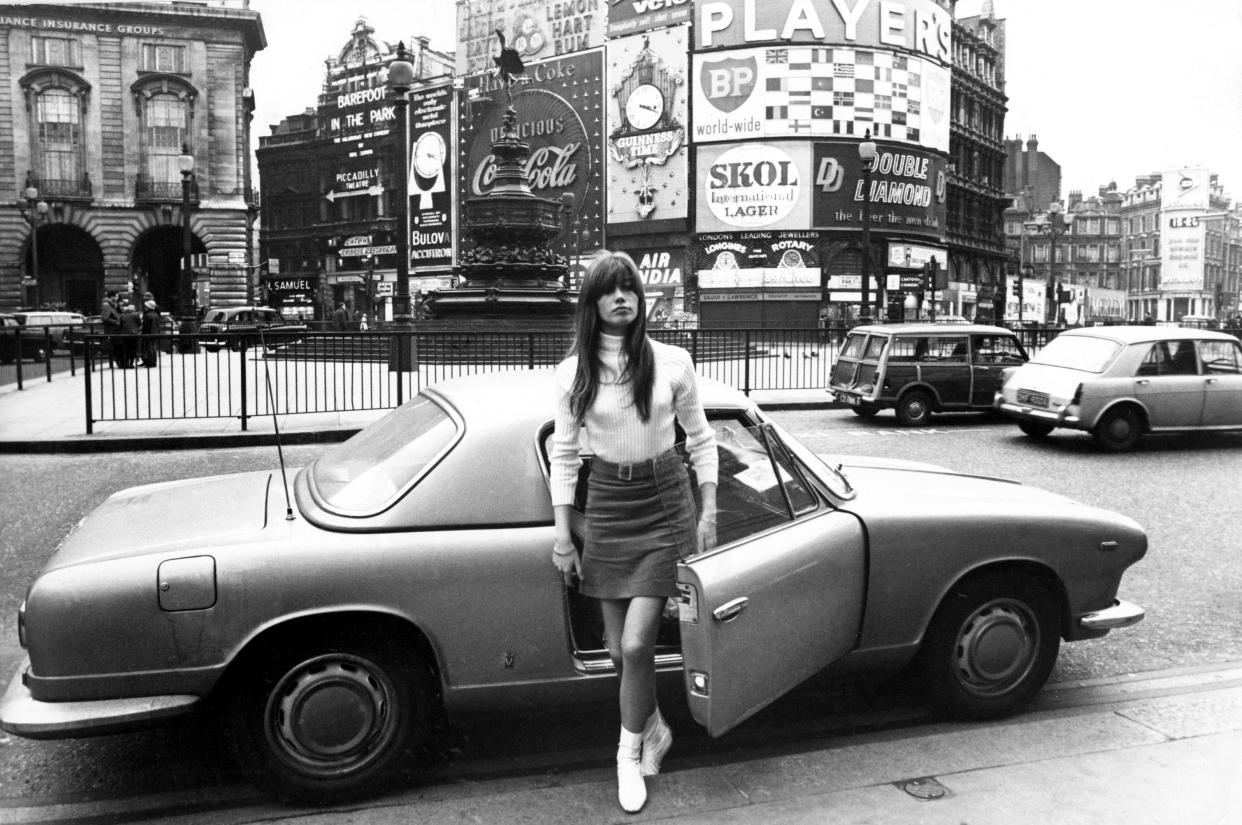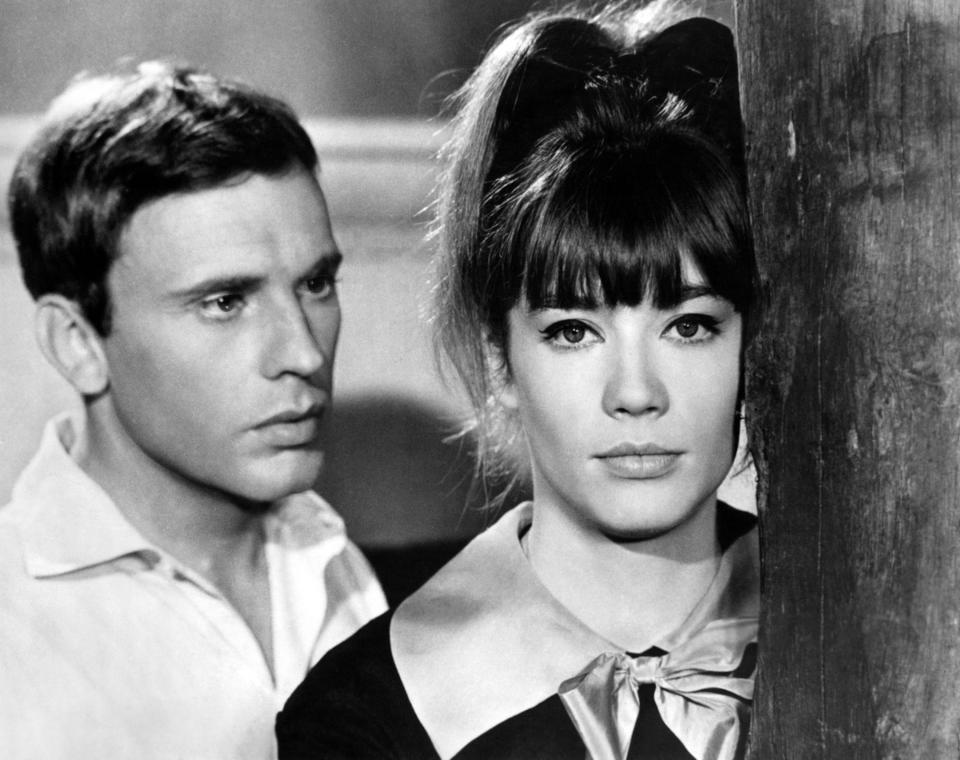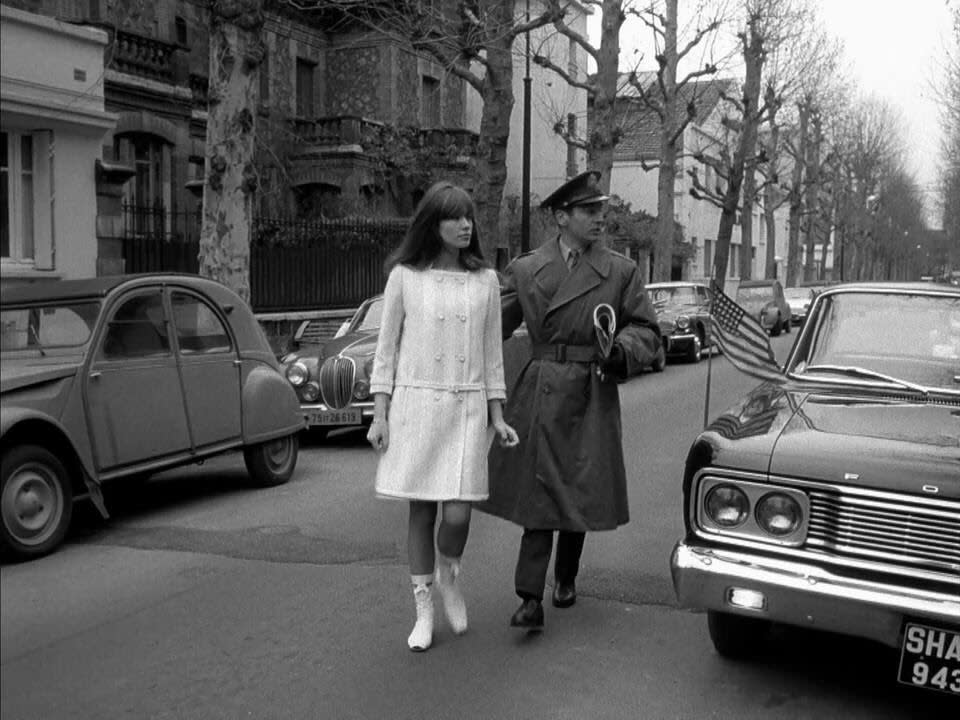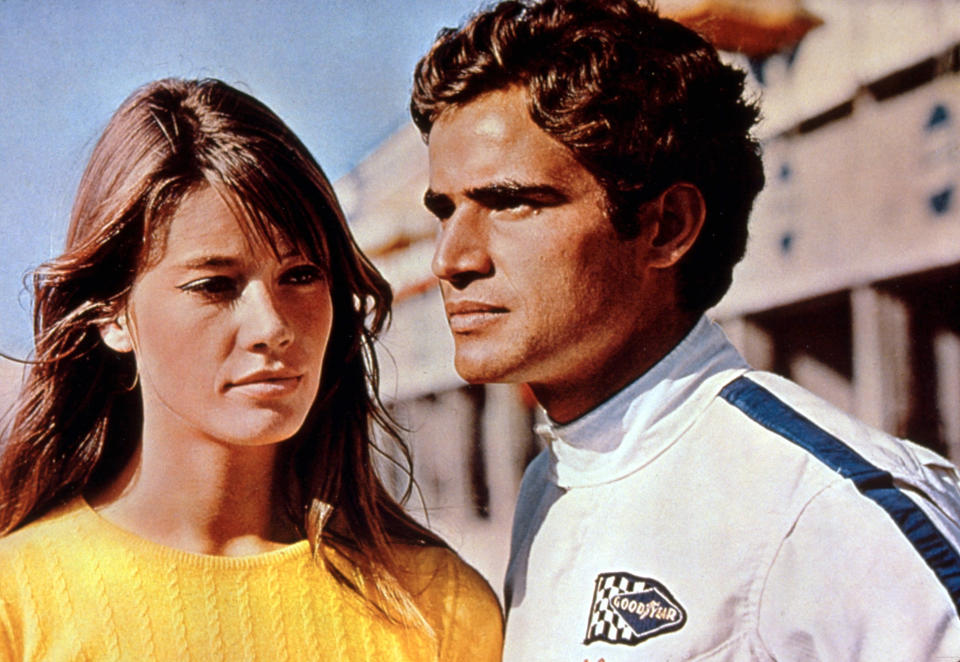Françoise Hardy Remembered: The Films and Songs That Showcased Her Brilliance

Within a career that lasted over 50 years, French singer-songwriter, actress, author, fashion icon, and astrologist Françoise Hardy — who passed away Tuesday, June 11 after a long battle with cancer — produced 32 studio albums, performed in over 10 films and television specials, wrote six books, and influenced countless artists ranging from Carla Bruni to Charli XCX. Her screen career includes roles in films like Jean-Luc Godard’s “Masculin Féminin” and John Frankenheimer’s “Grand Prix.”
She was a renegade. A heartbreaker. Born at the height of World War II in Paris, her upbringing coincided with a great sociopolitical re-evaluation in France that fed her own anxieties and obsessions. Seeking artistic refuge outside of her home country, she found inspiration in American music that, by her teen years, was starting to reach her shores.
More from IndieWire
“This passion for singing became real madness when I discovered an English station called Radio Luxembourg,” Hardy said in a 2012 interview with Télérama. “At the beginning of the 1960s, it did what our FMs have been doing since the 1980s: it broadcast music non-stop. Pop, rock, country. That’s where I discovered Presley, Brenda Lee, Cliff Richard. Every day I discovered a great new song.”
Hardy and her musical peers came to define a style of French music known as yé-yé, which comes from the English “yeah! yeah!” and references the phrase popularized by British rock bands like The Beatles. Combining elements of popular British and American music, jazz, R&B, exotica, and French chanson, the yé-yé movement propelled Hardy to worldwide fame, making her a muse to fashion luminaries such as Paco Rabanne, Yves Saint–Laurent, and Sonia Rykiel and a global inspiration to many more.
Below, IndieWire honors Hardy’s legacy by paying tribute to some of the songs and screen work she’s left behind.
“Château en Suède” (dir. Roger Vadim, 1963)

“Château en Suède” is a French-Italian farce featuring an all-star international cast that includes Monica Vitti, Jean-Louis Trintignant, Curt Jürgens, and Hardy. Most of the action takes place in a Swedish castle held by the family at the center of the narrative for generations. It’s a wacky affair with plot elements ranging from people dressing in historical garb (despite the present-day setting) to ghosts who maybe aren’t ghosts and even a pinch of incest for good measure.
“Masculin Féminin” (dir. Jean-Luc Godard, 1966)

Hardy really only has a blink-and-you’ll-miss-it cameo in Godard’s time capsule of French youth during the 1960s, but her presence in the film functions as a meta-commentary on the absurdness of the moment, with her playing wife to an army officer. Here, she’s a representation of authority whom the main character, Paul (Jean-Pierre Léaud), rails against despite dating a very similar yé-yé girl named Madeleine (played by real-life singer Chantal Goya). The role is also fitting since Hardy’s own political views were more centrist having come from a family of Charles de Gaulle supporters.
“Grand Prix” (dir. John Frankenheimer, 1966)

One of the 10 highest-grossing films of 1966 and winner of three Academy Awards for Sound, Sound Effects, and Editing, the racing drama also features some of the most impressive driving footage put to screen, all in glorious Super Panavision 70, as well as an incredible international cast that includes James Garner, Yves Montand, Eva Marie Saint, and Toshiro Mifune. Hardy’s role is bigger than her part in “Masculin Féminin,” but not by much, serving as a romantic interest to one of the race car drivers and providing more presence than narrative impact. Nonetheless, the long shoot gave her the opportunity to meet Montand, a fellow French music legend, making the project more than worth it for her.
“Le temps de l’amour” (“The Time for Love”)
Featured in the beach scene of Wes Anderson’s “Moonrise Kingdom,” where Sam and Suzy dance and kiss for the first time, and a Season 2 episode of the Netflix television series “Heartstopper,” “Le temps des l’amour” was released in 1962 on Hardy’s second EP. It’s also on her debut album of the same year, “Tous les garçons et les filles.” The steady drum beat and minor-key guitar riffs that sprinkle the arrangement evoke a sense of playfulness and adventure echoed in the song’s lyrics, but underneath it all is a mournful awareness that this time will pass. The contrast of the upbeat with the sentimental would become a trademark of Hardy’s music over her long career.
“Tous les garçons et les filles” (“All the Boys and Girls My Age”)
A pared-down ditty that plays more to the ’50s American pop market than the ’60s one it entered, “Tous les garçons et les filles” is probably the least danceable item on Hardy’s first album to hit the United States, but to understand its lyrics is to fathom the deep irony Hardy brings to this sonic style. Using an old-fashioned slow tune probably not out of place at a Sadie Hawkins Dance back in the day, Hardy mocks that kind of music with lyrics that speak to her complex sense of loneliness. Featured recently in the AMC series “Monsieur Spade,” as well as films like “Metroland” and Bernardo Bertolucci’s “The Dreamers,” the song finds the countercultural Hardy, as ever, pushing against conformity.
“Voilà” (“That’s It”)
Combining the playfulness of Judy Collins and the longing of Elvis Presley, “Voilà” finds Hardy exploring the range of her vocal power with stunning results, starting with a quiet, almost whisper-like enchantment before exploding with passion and fury toward the middle of the song. “Voilà” can be heard on Hardy’s 1967 album “Ma jeunesse fout le camp” and in the series “The End of the F***ing World,” the Channel 4 dark comedy streaming on Netflix.
“Comment te dire adieu” (“It Hurts to Say Goodbye”)
The title song off her 1968 album, “Comment te dire adieu” pairs a bouncy melody with alluring vocals that send a message of dispassionate resignation. The song was written by fellow yé-yé member Serge Gainsbourg, a close friend of Hardy’s for decades who would write multiple songs for her, as well as Phil Spector collaborators Arnold Goland and Jack Gold. It’s featured in a key scene of “A Simple Favor” where Blake Lively’s character removes a dickey from her suit while mixing martinis. A perfect match for the enticing nonchalance of the moment.
“Il voyage” (“He Travels”)
Now in the ‘70s, Hardy’s music carried heavy influences of the time, with psychedelic twangs and overlapping harmonies akin to The Beach Boys’ “Pet Sounds.” Featured in the first episode of the television series “Killing Eve,” her wistful yet rage-filled warning against love “Il voyage” could probably fit within a lot of the scenes from this show. It now serves as an inviting mood-setter to Villanelle (Jodie Comer) walking the streets of Paris as her “normal” self.
Best of IndieWire
The Best Father and Son Films: 'The Tree of Life,' 'The Lion King,' 'Nowhere Special,' and More
The 51 Best Sexy Movies of the 21st Century, from 'Spring Breakers' to 'X'
The 14 Best Thrillers Streaming on Netflix in June, from 'Fair Play' to 'Emily the Criminal'
Sign up for Indiewire's Newsletter. For the latest news, follow us on Facebook, Twitter, and Instagram.


